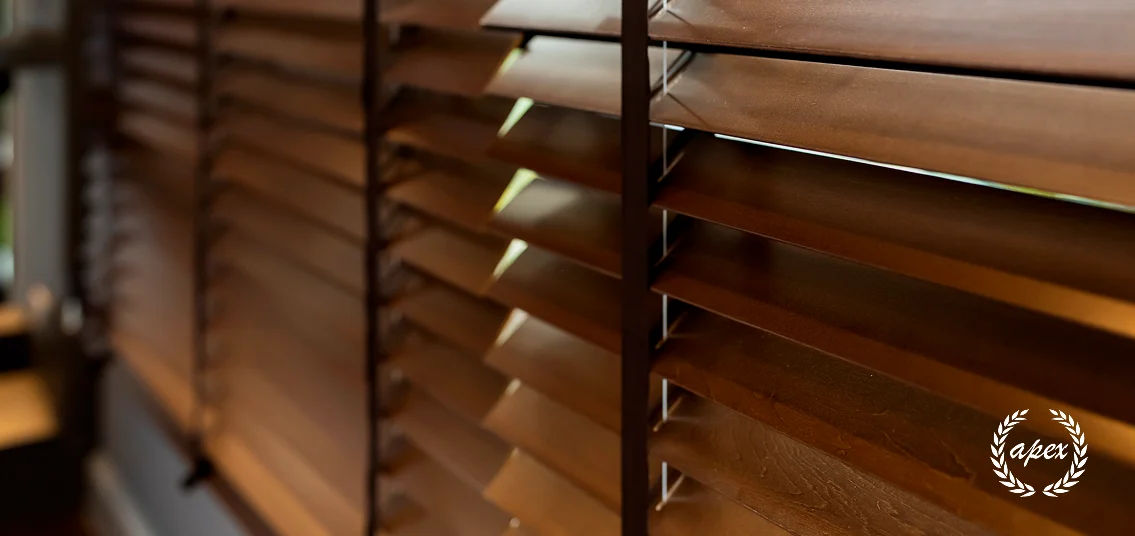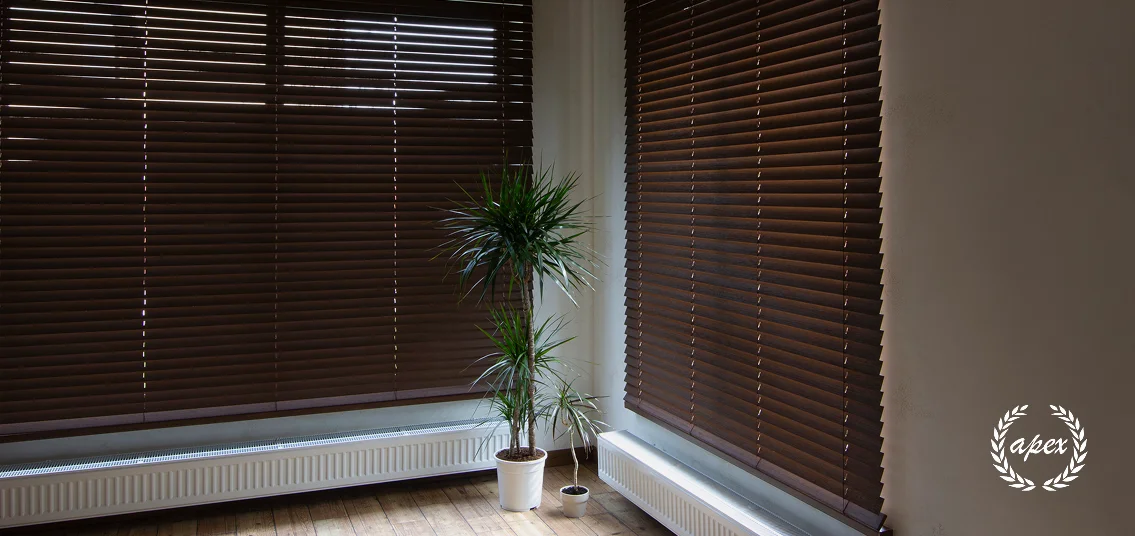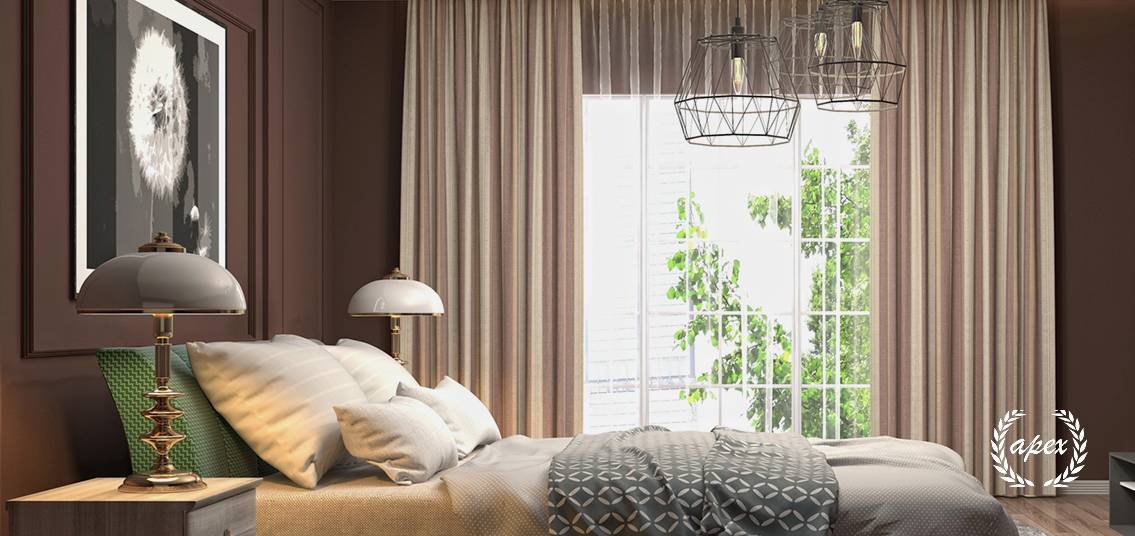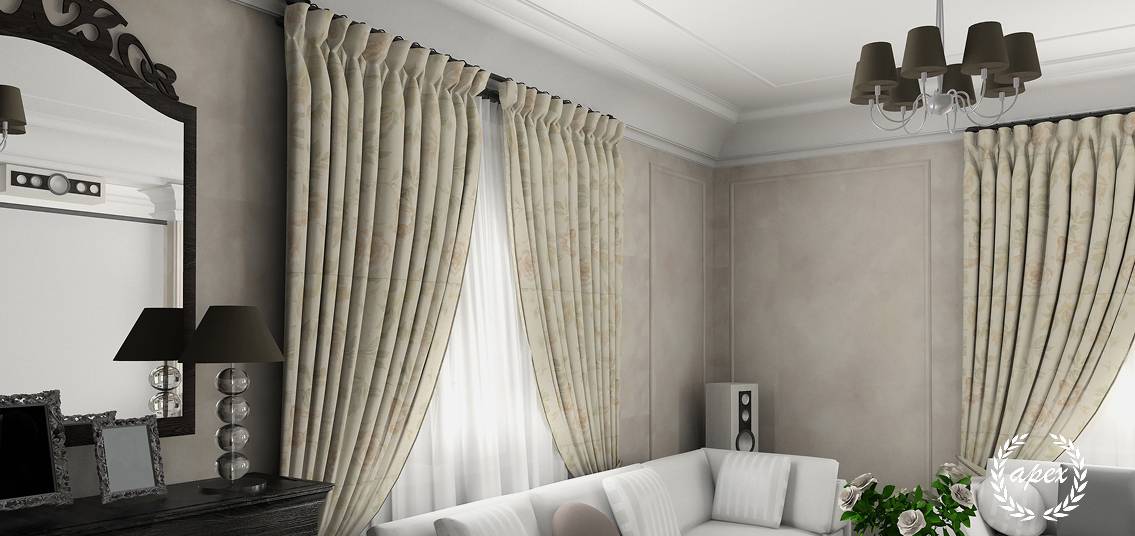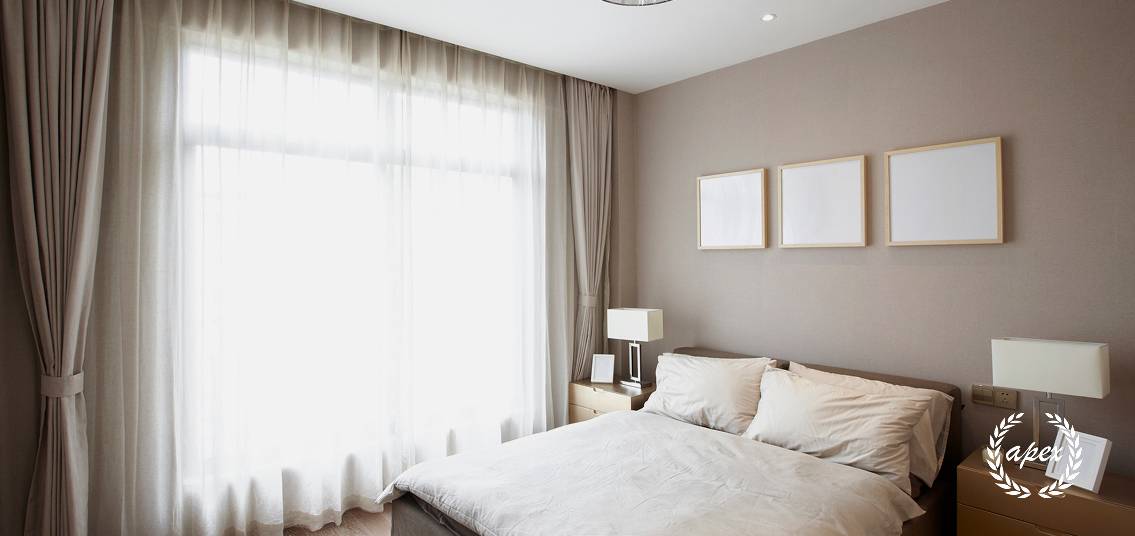A key factor in improving the visual appeal and usability of your living areas is the selection of window furnishings. In addition to being crucial components for privacy and light control, curtains and blinds also greatly enhance a room’s overall design. The performance, longevity, and appearance of these window treatments can all be significantly impacted by the fabric used. It is even more important to choose the correct fabric in Singapore, where the weather is primarily tropical. Apex Blind offers a wide range of high-quality window treatments for your home or office.
Key Takeaways
- Fabrics for curtains and blinds play a crucial role in enhancing the aesthetics and functionality of a space.
- Characteristics of fabrics for curtains include light filtration, privacy, and insulation properties.
- Characteristics of fabrics for blinds include light control, privacy, and durability.
- Factors to consider when choosing fabrics for curtains include the room’s purpose, desired light control, and maintenance requirements.
- Factors to consider when choosing fabrics for blinds include the window’s location, desired level of privacy, and ease of operation.
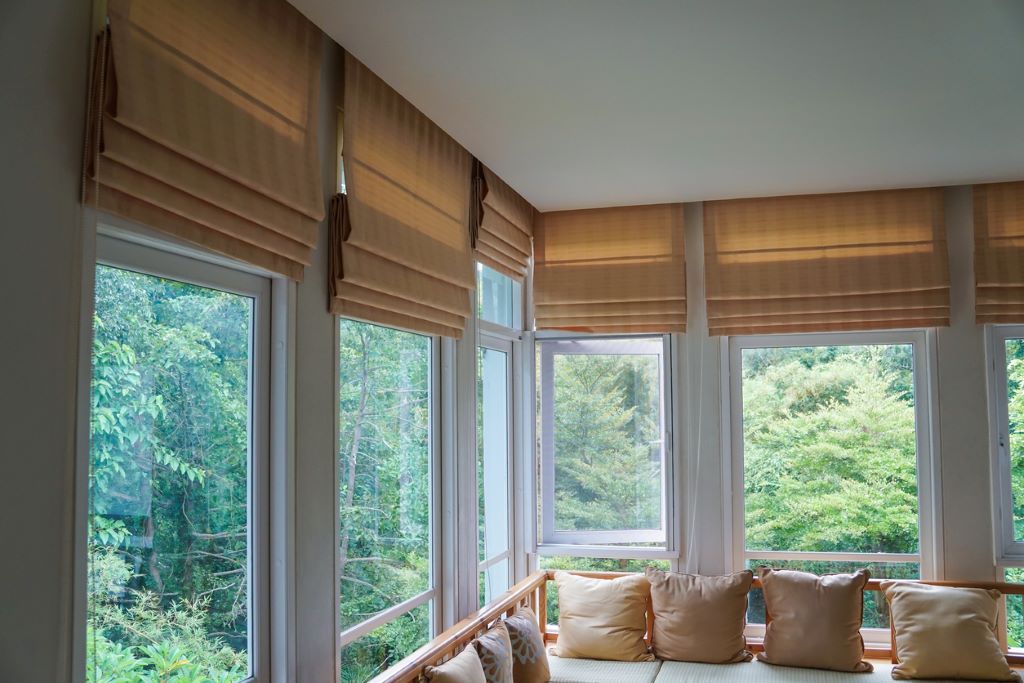
Why Fabric Choice Matters for Window Treatments
Homeowners can find the ideal solution for their needs with Apex’s wide selection of window furnishings, which includes Venetian blinds, roller blinds, and zip blind systems. Comprehending the attributes of various textiles is crucial for making well-informed choices. Every kind of fabric has a distinct set of characteristics that can influence how well it functions in different settings. There are many options, ranging from heavier fabrics that offer privacy & insulation to sheer materials that let in natural light. This article will explore the features of curtains and blinds, things to look for when selecting them, and the most common fabric options on the market right now.
Understanding Fabric Features: Weight and Opacity
Fabric Weight: An Important Factor.
The fabric’s weight is one of the most important factors. Richer textiles, like velvet or brocade, have a tendency to drape exquisitely and offer superior insulation against the elements. They are perfect for rooms where you want to totally block out the light or for giving formal settings an opulent appearance.
Opacity: Juggling Privacy and Light.
An additional crucial feature is the fabric’s opacity. Curtains can be made of blackout fabrics, which totally block out light, or sheer materials, which let light in while still providing some privacy. Which of these options is best for each room will depend on its unique requirements.
Which Fabric Is Best for Your Space?
For example, blackout curtains are better suited for bedrooms where darkness is necessary for sound sleep, while sheer curtains are ideal for living rooms where natural light is preferred. Lighter materials, such as linen or cotton, provide better airflow & a more relaxed vibe, making them appropriate for warmer climates.
What to Know About Blinds and Their Fabrics
A popular alternative to curtains for window treatments, blinds provide a distinct set of features.
The materials used in their construction are among the most important considerations. Aluminum, fabric, wood, and faux wood are common blind materials. Every material has special advantages. For instance, wooden blinds give off a cozy, organic vibe, but they might need more upkeep in humid areas.
On the other hand, aluminum blinds are a great option for high-moisture areas because they are strong and lightweight. Another important feature of blinds is their operating mechanism. Some blinds have a cord system that allows them to be raised or lowered, while others may have a more contemporary motorized option. Convenience & usability may be impacted by the operation selection, particularly in windows that are difficult to reach. The size and spacing of the slats can also affect how much privacy is preserved and how much light enters a space. More light may be able to enter through wider slats, but improper angle can also jeopardize privacy.
Practical Considerations When Choosing Curtain Fabrics
Beyond aesthetics, there are a number of considerations when selecting curtain fabric. The function of the space & how much sunlight it receives are important factors to take into account. Choosing UV-resistant textiles, for example, can help stop fading and damage over time in a living room that receives a lot of sunlight. Also, think about how much light control you want; heavier fabrics or blackout linings might be required if you want to completely block out sunlight during specific hours.
Upkeep and cleaning needs should also be taken into account. While some fabrics can be washed in a machine, others might need special attention or dry cleaning. Choosing materials that are resistant to mold and mildew can help your curtains last longer in a humid climate like Singapore’s. Lastly, consider how the fabric will blend in with your current decor and your own personal style.
There is a fabric out there that will exquisitely improve your space, regardless of your preference for striking patterns or delicate textures.
Practical Considerations When Choosing Blind Fabrics
You should base your choice of blind fabric on a number of considerations. Functionality should come first; think about how much light control each room requires.
For instance, blackout blinds composed of heavier materials would be perfect if you want to create a dark atmosphere in a bedroom or home theater. On the other hand, lighter fabrics with sheer options might be more appropriate if you want to keep the atmosphere bright while still having some control over glare. Maintenance and durability are also crucial considerations.
Since blinds are operational, they are frequently subjected to varying degrees of wear and tear; therefore, it is crucial to select materials that can endure regular use. Fabric blinds, for example, might need to be cleaned more frequently than vinyl or aluminum blinds. In addition, think about how simple it is to install and whether you would rather operate your blinds manually or with a motor; while motorized blinds are more convenient, they may also cost more.
Popular Fabric Options for Curtains
Cotton curtains are adaptable and simple to maintain. Cotton is a popular option because it’s easy to maintain and versatile.
With their wide range of hues and designs, cotton curtains can be used in both formal and informal settings. Also, they are breathable, which permits airflow while maintaining a certain amount of seclusion.
Linen Curtains: A Natural Elegance. Because of its exquisite drape and inherent texture, linen is another popular choice.
Although they add a refined touch to any space, linen curtains may need more maintenance because they wrinkle easily. Silk curtains give off an opulent vibe.
Silk curtains are a great option for people looking for an opulent feel; they are elegant but might not be as useful in humid settings unless they are treated with special coatings to increase durability.
Popular Fabric Options for Blinds
Because of their special qualities & advantages, a few fabric options stand out when it comes to blinds. Polyester fabric is a popular option because of its longevity and ability to withstand fading and wrinkles.
Because they are simple to maintain & clean, polyester blinds are a great choice for busy homes or high-traffic areas. Bamboo or woven wood fabric are also popular materials because they effectively control light and give a natural touch to any area. These eco-friendly materials have a cozy appearance that goes well with a variety of interior design themes. Also, because vinyl and aluminum blinds are inexpensive and require little upkeep, many homeowners choose them; these materials work especially well in humid climates like Singapore.
Final Thoughts
To sum up, choosing the appropriate materials for blinds and curtains is crucial to designing a cozy and fashionable living space. With so many options on the market today, from long-lasting polyester blinds to lightweight cotton curtains, homeowners can customize their window treatments to suit their unique requirements & tastes. Your decision-making process should take into account a number of factors, including the room’s intended use, the need for light control, maintenance concerns, and personal preferences.
Apex is aware that with so many options, selecting window furnishings can be difficult. Our staff is committed to guiding you through these choices so you can select the ideal one for your house given Singapore’s distinct climate. We are here to help you at every stage of the process so that you can make an informed decision that beautifully improves your living area, whether you prefer the style of silk curtains or the functionality of roller blinds.
When it comes to choosing between fabrics for curtains and fabrics for blinds, it’s important to consider factors such as energy efficiency and child safety. Energy-saving blinds can help reduce heat loss and save on energy costs in your home. Additionally, if you have young children, you may want to opt for Zipex blinds. Ultimately, the decision between blinds and curtains depends on your specific needs and preferences.

